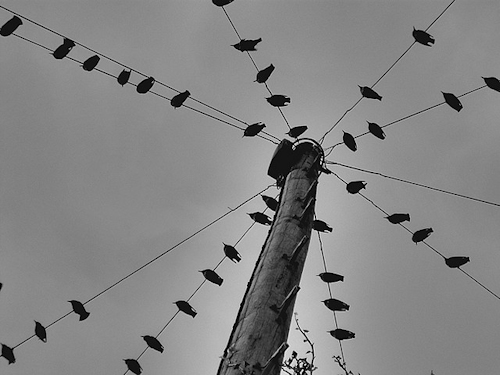Prozac may be harming bird populations
Posted on 1 March 2015

A new study conducted by Dr. Kathryn Arnold of the Environment Department points to the damage caused to the health of bird populations by levels of Prozac found in the natural environment after human consumption.
The effects of Prozac found in the food chain, in worms for instance, on birds who then eat those worms seems to change both their feeding habits and also their interest in mating. Female birds who have ingested Prozac lose interest in male birds and hence in mating which has a knock-on effect on poplations over time.
Dr. Arnold's research is featured on BBC2's Autumnwatch and centred on the numbers of birds who flock to sewage works to feed on the high numbers of worms and other invertebrates present in such locations.
I started thinking, ‘What about what’s in the sewage?’ If you or I take a headache pill for instance, a high proportion of it ends up being excreted completely unchanged
Dr. Kathryn Arnold, Environmental Department
A high proportion pf Prozac taken by humans is excreted unchanged and finds its way into the environment. Earthworms typically have a small amount, equating to approximately 5% of a human dose. Feeding birds on worms dosed to contain a controlled amount of Prozac similar to that found in the environment allowed Dr. Arnold to study the effects on those birds in captivity.
The birds begin to exhibit similar behaviour to humans who have takent the drug, such as eating less and snacking instead. This leaves them less able to survive winter conditions of lower temperatures and shorter days.
Ultimately, the pharmaceutical industry and scientists involved in looking at the environmental fate of substances in the environment need to increase their awareness of the often subtle effects these materials have on the delicate ecology which surrounds us.
The full article is in The Guardian, 21st October 2014.
